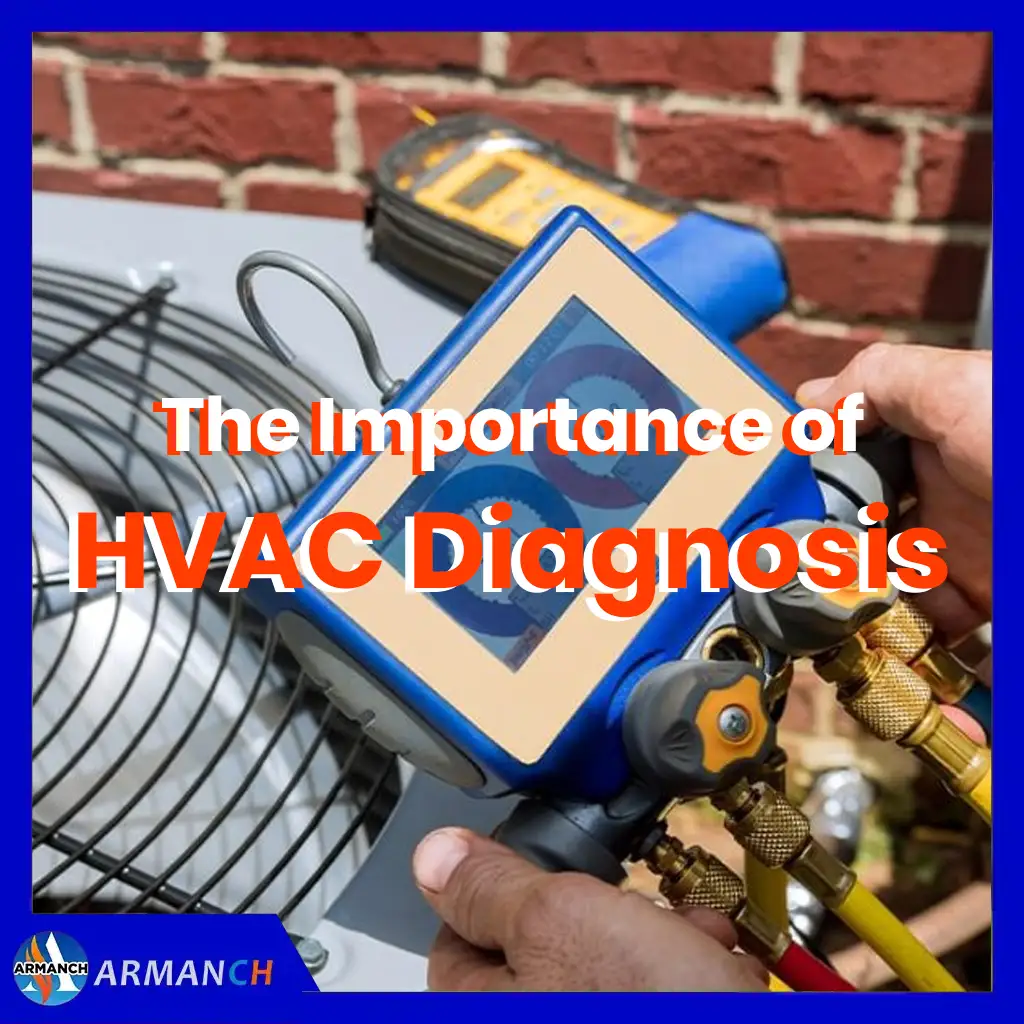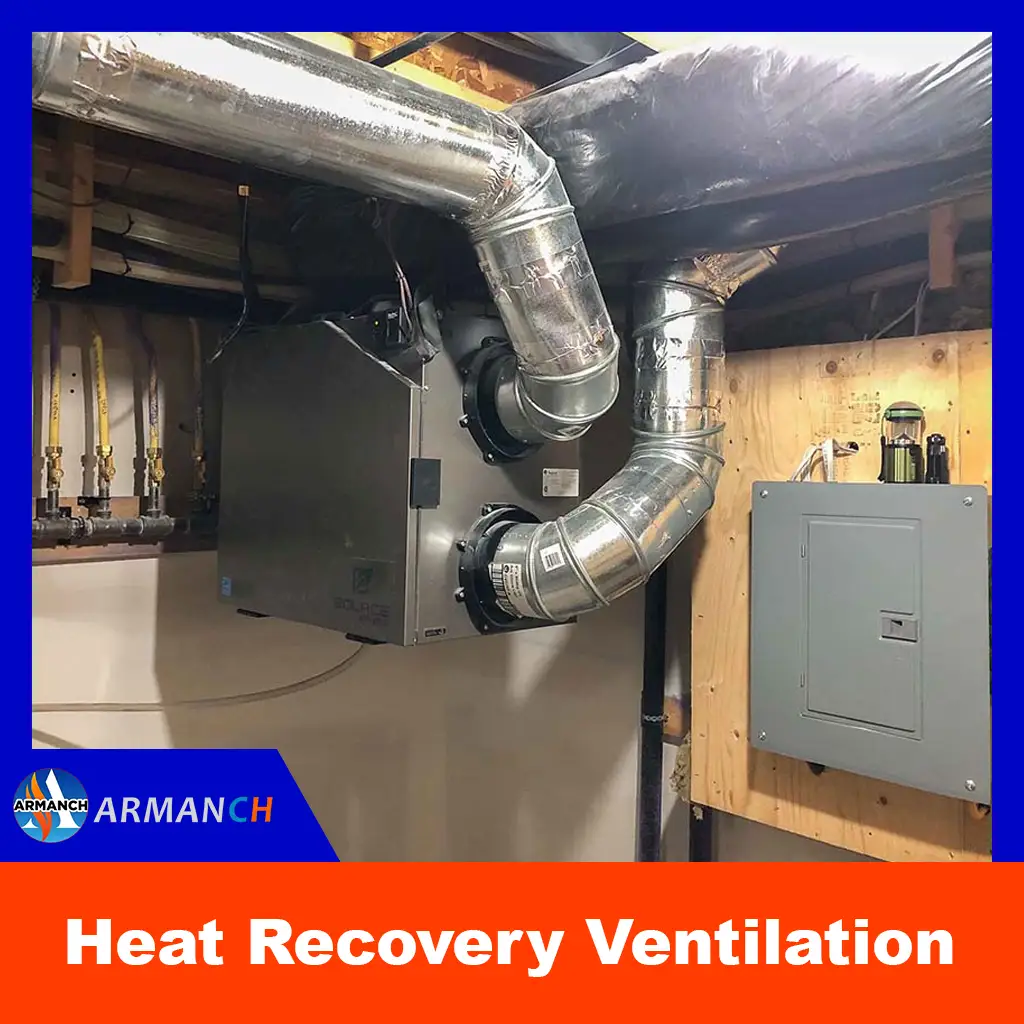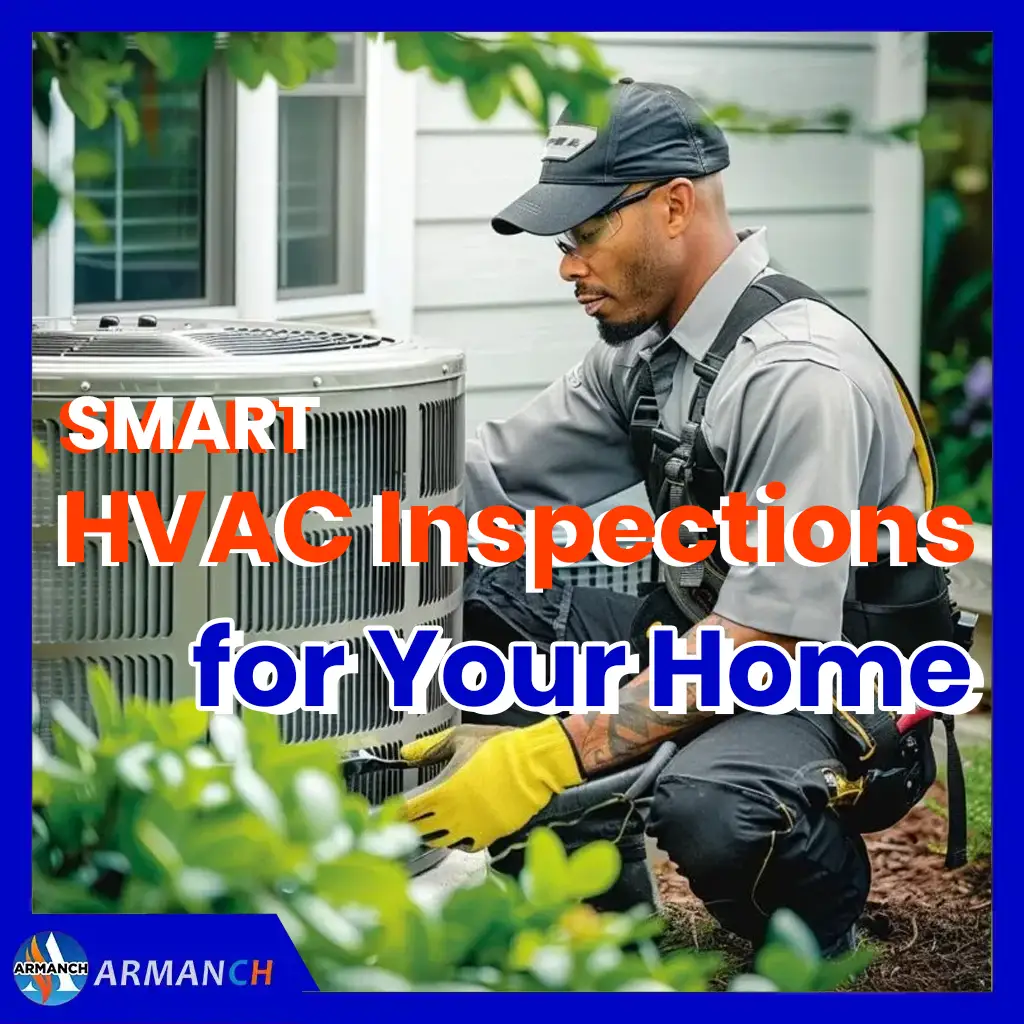
What is The Right Heat Recovery Ventilation Rates?
Heat Recovery Ventilation Rates
Ensuring good indoor air quality while minimizing energy loss is a balancing act. This is where Heat Recovery Ventilation (HRV) comes in. HRV systems provide fresh air while capturing heat from outgoing exhaust, improving a building’s energy efficiency.
What's a Good HRV Rate?
The ideal HRV rate depends on several factors, such as:
⦁ Building size
⦁ Number of occupants
⦁ Specific ventilation needs

The goal is to achieve adequate ventilation (around 0.35 to 0.5 air changes per hour – ACH) for good air quality without excessive heat exchange that wastes energy. This recommended rate can vary depending on climate and building type.
HRV: More Than Just Fresh Air
HRVs work by exchanging heat between exhaust air and incoming fresh air through a heat exchanger. Here’s the basic process:
⦁ Exhaust: Stale indoor air is pulled out of the building.
⦁ Heat Transfer: The HRV’s heat exchanger captures heat from the warm exhaust air.
⦁ Fresh Air In: Cool outdoor air is drawn in.
⦁ Preheating: The heat exchanger preheats the incoming air using the captured heat.
⦁ Clean Air Distribution: The preheated fresh air is circulated throughout the building.
Summer and Winter Benefits:
⦁ Winter: Recovered heat reduces the energy needed to heat incoming fresh air.
⦁ Summer: Excess heat is removed from incoming air, reducing cooling needs.
Additional Advantages of HRVs:
⦁ Reduced Pollutants: HRVs help remove indoor air pollutants like VOCs and CO2 by introducing fresh air and exhausting stale air.
⦁ Improved Comfort: Fresh air circulation can create a more comfortable and healthier indoor environment.

How Effective is a Heat Recovery Ventilation System?
The effectiveness of a Heat Recovery Ventilation (HRV) system depends on several factors, including system design, climate, building insulation, and air-tightness.
Effectiveness Factors
Design and Installation: A well-designed and properly installed HRV system can significantly improve indoor air quality and reduce energy costs.
Climate: HRV systems are particularly effective in cold climates with a significant temperature differential between indoor and outdoor air. In such conditions, HRVs can recover substantial heat from exhaust air, reducing the energy needed to heat incoming air.
Air-tightness: The building’s air-tightness affects the HRV system’s efficiency. In highly insulated and air-tight buildings, HRV systems may need to operate at higher airflow rates to ensure adequate ventilation. In contrast, in leaky buildings, HRVs may not recover as much heat, reducing their effectiveness.
Studies have shown that HRV systems can reduce heating and cooling energy use by 30% to 60% compared to traditional ventilation systems that do not recover heat. However, in hot and humid climates, an Energy Recovery Ventilation (ERV) system might be more effective as it can transfer both heat and moisture between the incoming and outgoing air streams.
Overall, HRV systems can significantly enhance indoor air quality and reduce energy costs, but it is crucial to consider the climate and building characteristics when designing and installing the system.
- HVAC-R
- Design and Permit Services
- Hydronic & Hot Water Services
- Heating and Cooling Services
- Air Conditioning Services





